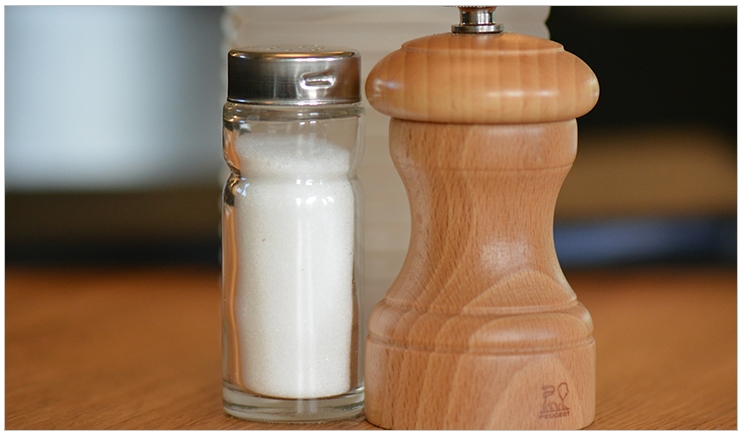
Community water fluoridation (CWF) has been improving oral health and preventing caries for 70 years. Yet CWF isn’t always possible in some communities, necessitating alternatives such as fluoridated salt. An international team of researchers recently investigated the effectiveness of fluoridated water in Porto Allegre in South Brazil and fluoridated salt in Montevideo in Uruguay.
The researchers examined 1,528 twelve-year-old children in Porto Allegre and 1,154 in Montevideo while collecting data on socio-demographics, maternal education, and oral hygiene. Adjusted estimates showed that the children from Porto Allegre were less affected by dental caries than those in Montevideo, with those exposed to salt having significantly higher likelihood of caries.
Luana Severo Alves, PhD, of the department of restorative dentistry at the Federal University of Santa Maria in Santa Maria, Brazil, spoke with Dentistry Today about the results of the study, which was published by Community Dentistry and Oral Epidemiology.
Q: Is fluoridated salt a common strategy for preventing caries?
A: Yes, fluoridated salt is one of the main interventions to provide community fluoride. As well as fluoridated water, it has key attributes such as effectiveness and low cost. It also is equitable (benefitting all of the population), requires little personal effort, and reduces dental treatment costs. This measure is recommended by the World Health Organization in countries with few systems of public water supply, and its principal attraction is that it may be provided with a non-fluoridated alternative, thus allowing the consumer to choose.
Q: How was the salt administered to the children in Montevideo?
A: In Uruguay, the national program for salt fluoridation was implemented in 1991. Salt is distributed in 500-g packages, determining a dose of 250 mg F/Kg of sodium fluoride for “table salt” and potassium fluoride for “sea salt.” It is important to point out that this was not implemented systematically in public dining rooms, canteens, or bakeries, being limited to domestic use.
Q: Did you see any negative effects from fluoridation, such as fluorosis?
A: A recent national survey has reported a 45% prevalence of dental fluorosis in 12-year-old children, according to the Dean index, of which 42.5% had questionable fluorosis, 1.7% very mild fluorosis, and only 0.8% of the population presented higher degrees of fluorosis.
Q: Fluoridation is becoming a controversial topic, with many communities ceasing their programs. How do you feel about fluoridation of public water?
A: In many developing countries, the access to fluoridated toothpaste is limited for socially disadvantaged groups. In these cases, the access to a community-based fluoridation program such as fluoridated water or salt is the unique way to ensure a universal, safe, and cost-effective measure for caries control.
Related Articles
Society Puts Boots on the Ground in the Fight for Fluoridated Water
Surgeon General Celebrates 70 Years of Fluoridation
Fluoride Suspected in Increasing Diabetes Rates











